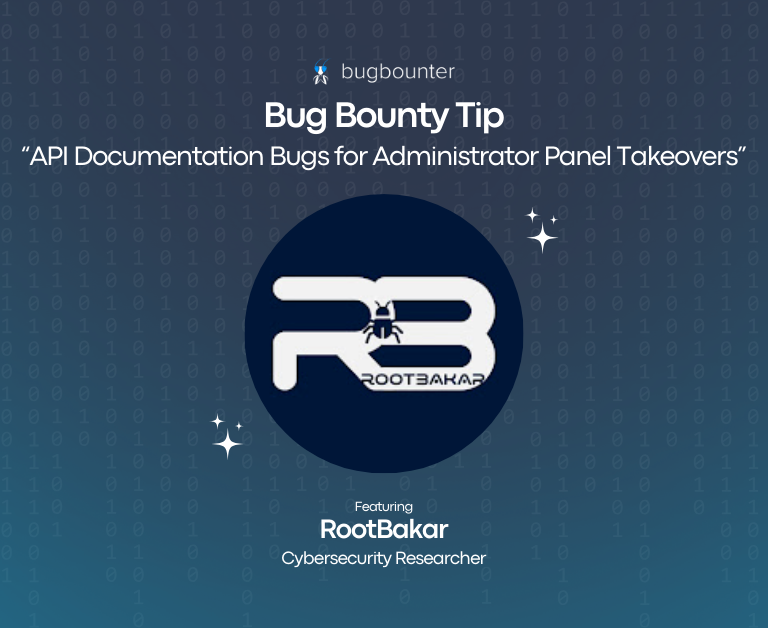A ransomware attack is one of the main threats that affects both home and business users. Ransomware can affect your capital and reputation with a temporary or permanent loss of data and information. It’s significant to protect your assets against ransomware attacks before it’s too late to prevent potential harmful consequences.
Ransomware attacks have received quite a bit of media coverage lately. You may have heard several stories of attacks on large companies, organizations, and government agencies, or you may know individuals whose unique devices and data were targeted in a ransomware attack. For more information about ransomware, please continue reading our article.
How Shall You Act If Your Systems Are Locked Due to Ransomware?
Once your computer is locked, the ransomware infection can be removed with a fully up-to-date antivirus program. However, the main difficulty is usually accessing the infected computer and locking it. Fortunately, this can be resolved by booting from a different source such as Windows Safe Mode, alternative boot methods such as Command Prompt, various hard drive partitions, or an external memory device.
What Are The Typical Ransom Fees?
Ransom fees differ in ransomware attacks. But in general, the ransom amount can be between 150-500 dollars for an individual person. It can also be worth thousands of dollars to an organization.
How to Handle The Ransom Payment?
When organizations pay the ransom, attackers use a decryption tool and may not release the stolen data. Also, this payment does not guarantee that all data will be restored. The following list contains the possible results of paying for a ransomware:
On average, only 65% of data is recovered, and only 8% of organizations manage to recover all data.
Encrypted files are generally unrecoverable. Attacker-supplied decryptors may crash or fail. You may need to create a new decryption tool by extracting the keys from the device provided by the attacker.
Recovering data can take several weeks, especially if most of it is encrypted.
There is no guarantee that hackers will delete the stolen data. A person may sell or disclose the information later if it has value.
Can You Trust The Hacker to Act Ethically After Receiving The Ransom?
Ransomware is lucrative for cybercriminals. This cybercrime puts every organization that uses the technology at risk. In most cases, paying the ransom is easier and cheaper than recovering from a backup. But supporting the attackers’ business model can only lead to more ransomware. It is generally recommended not to pay the seedling. In some cases, paying the ransom may even be illegal as it provides financing for criminal activity.
You should contact a professional incident response team, and regulatory agencies before meeting with attackers. This way, you can avoid this scam.
As Bugbounter, we have established an ecosystem of experts so that you can always be prepared for preventing cyber threats. Our platform connects a network of ethical hackers and security researchers with organizations, enabling security teams to test their risks under any circumstances. Please do not hesitate to contact us to benefit from our services.





